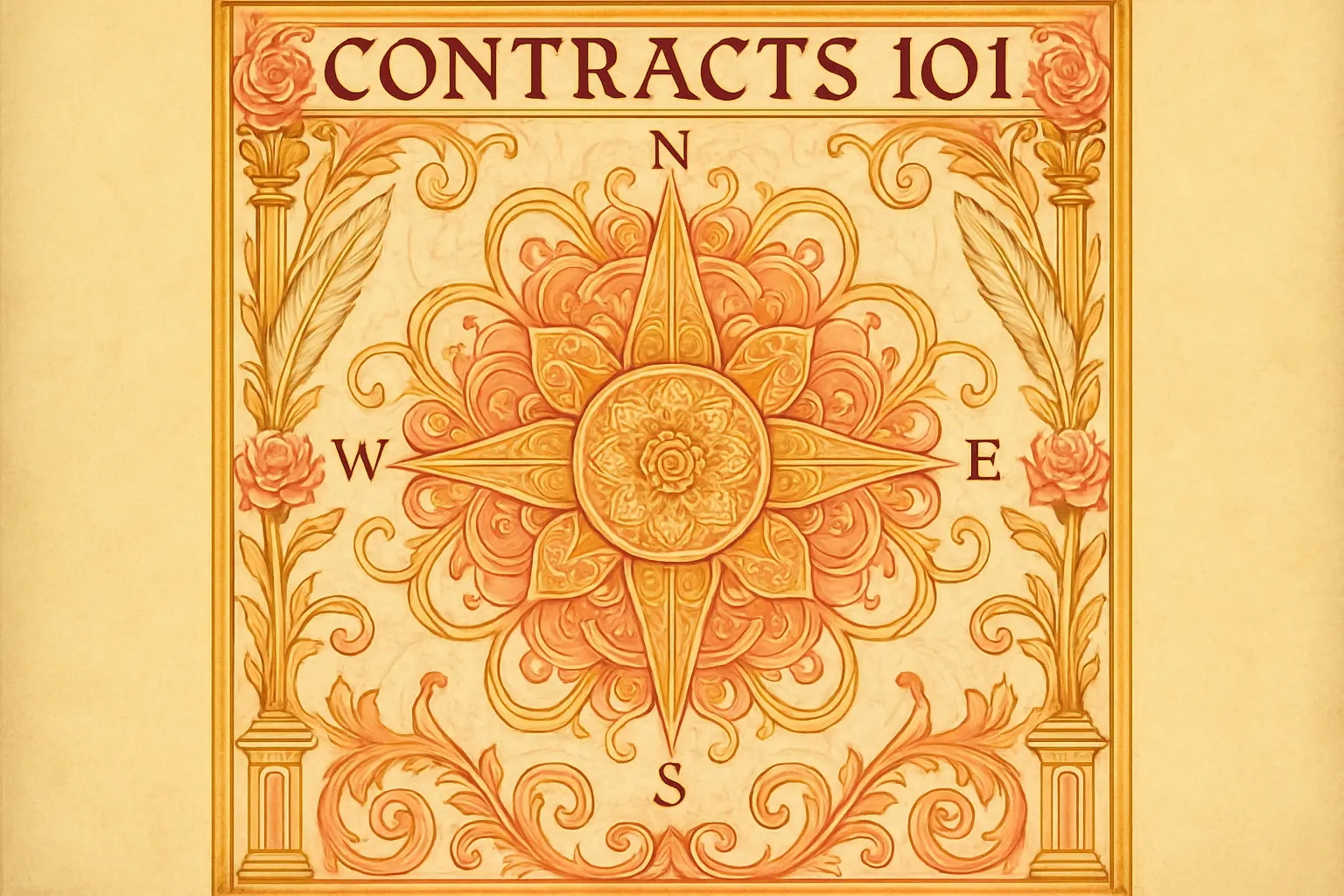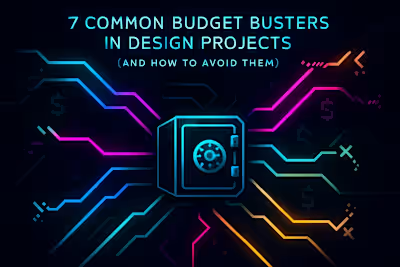Contracts 101: Key Terms You Must Include in Your Design Agreement

Contracts 101: Key Terms You Must Include in Your Design Agreement
The Foundation: Parties, Project Overview, and Dates
Clearly Identifying the Client and the Designer
Writing a Concise Project Summary
Clause 1: Detailed Scope of Work and Deliverables
Defining the 'What': A Comprehensive List of Services
Defining the 'How': Final Deliverables and Formats
Clause 2: Payment Terms and Schedule
Specifying the Total Project Cost and Currency
Outlining the Payment Schedule (Milestones)
Including Late Fee Policies
Clause 3: Revisions and Feedback Process
Defining the Number of Included Revision Rounds
Process for Additional Revisions
Clause 4: Intellectual Property and Ownership
Transfer of Rights Upon Final Payment
Designer's Right to Portfolio Use
Clause 5: Termination Clause ('Kill Fee')
Conditions for Termination
The 'Kill Fee'
Putting It All Together
References
Contracts 101: Key Terms You Must Include in Your Design Agreement
The Foundation: Parties, Project Overview, and Dates
Clearly Identifying the Client and the Designer
Writing a Concise Project Summary
Clause 1: Detailed Scope of Work and Deliverables
Defining the 'What': A Comprehensive List of Services
Defining the 'How': Final Deliverables and Formats
Clause 2: Payment Terms and Schedule
Specifying the Total Project Cost and Currency
Outlining the Payment Schedule (Milestones)
Including Late Fee Policies
Clause 3: Revisions and Feedback Process
Defining the Number of Included Revision Rounds
Process for Additional Revisions
Clause 4: Intellectual Property and Ownership
Transfer of Rights Upon Final Payment
Designer's Right to Portfolio Use
Clause 5: Termination Clause ('Kill Fee')
Conditions for Termination
The 'Kill Fee'
Putting It All Together
References
Posted Jul 6, 2025
A strong contract is your project's foundation. Learn about the essential clauses—from scope of work and payment terms to intellectual property—that every design agreement needs to protect you and your freelancer.








